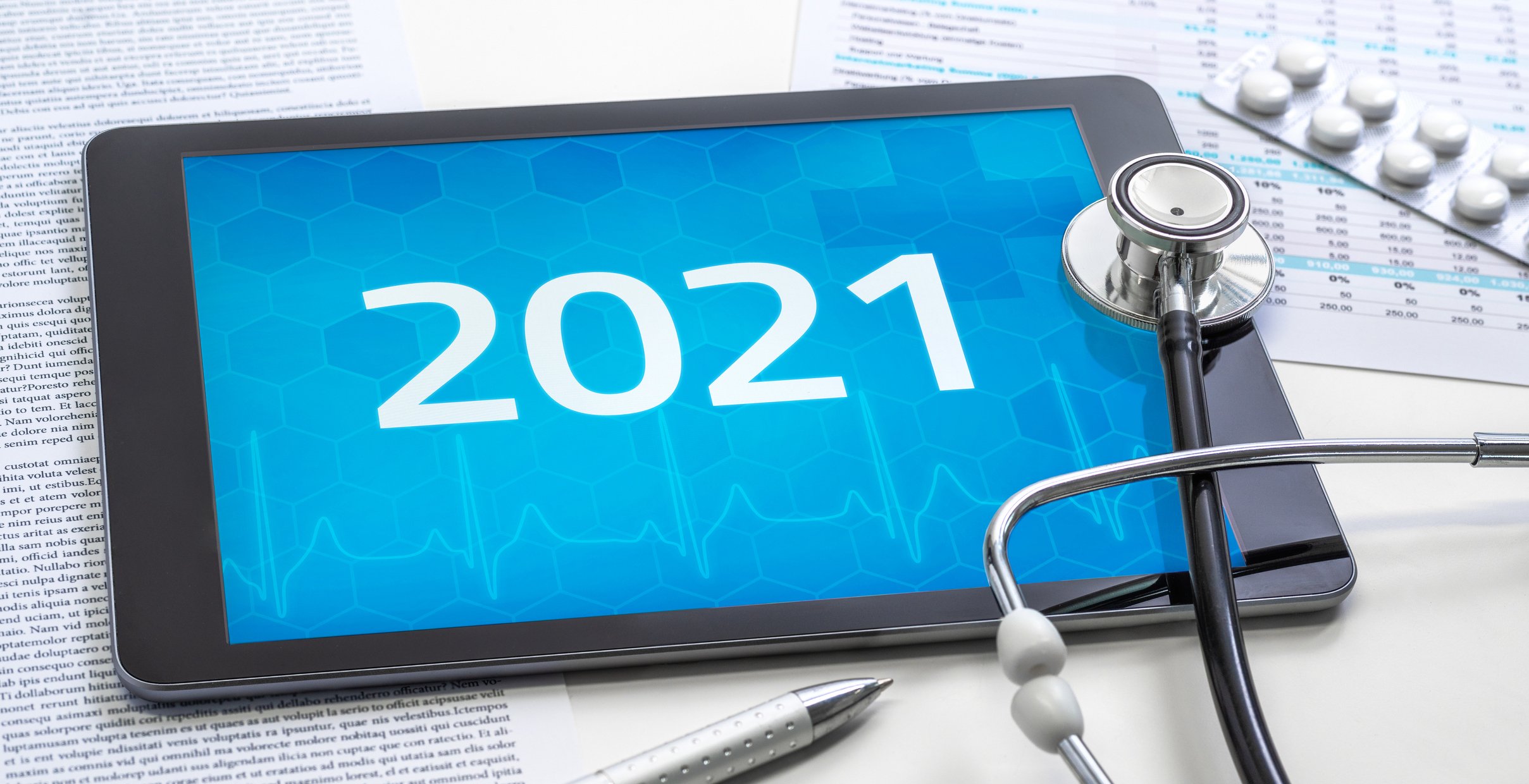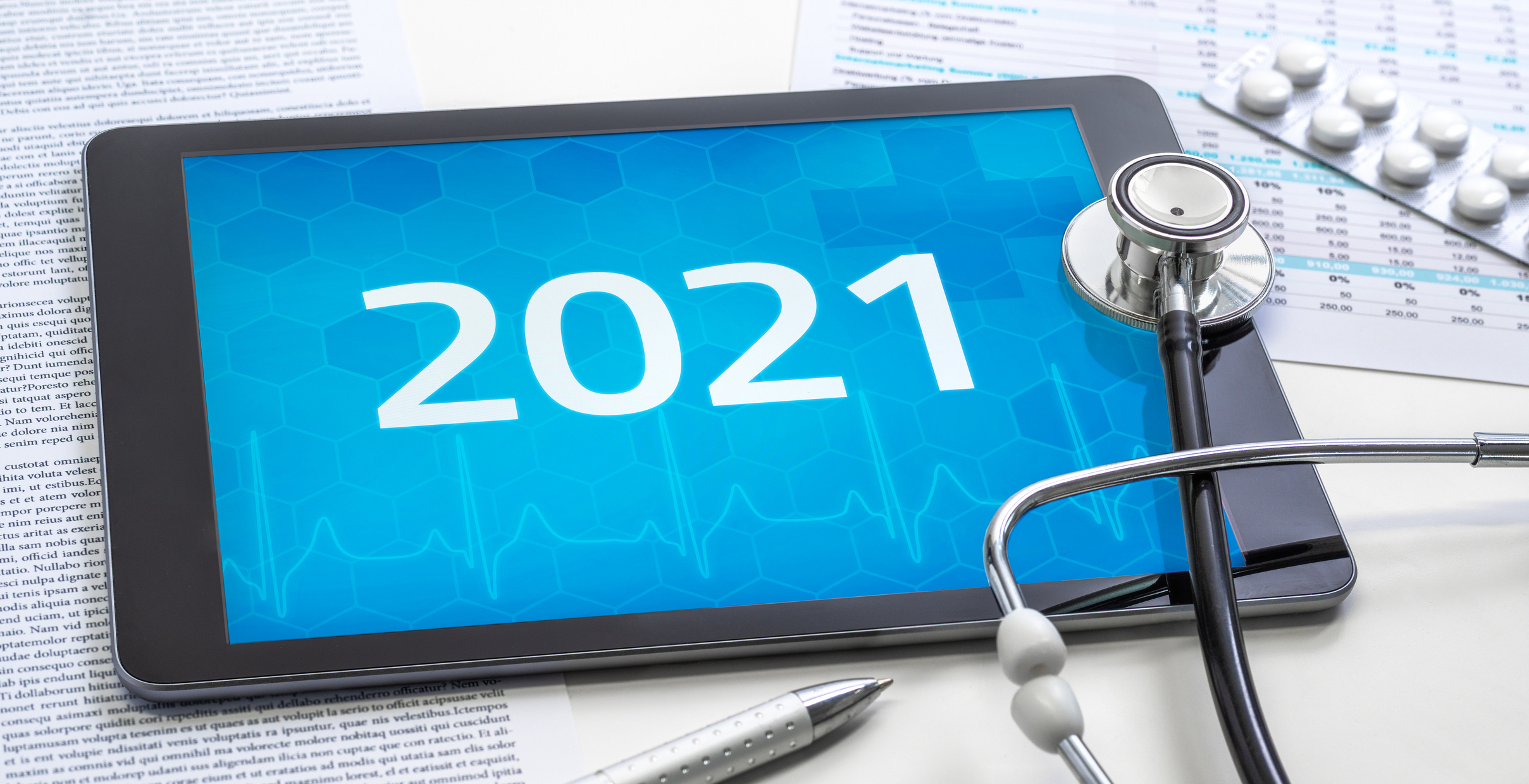 The COVID-19 pandemic has brought forward many new innovations and ways of delivering healthcare. New technology will give healthcare workers new opportunities to keep their patients and themselves safe.
The COVID-19 pandemic has brought forward many new innovations and ways of delivering healthcare. New technology will give healthcare workers new opportunities to keep their patients and themselves safe.
According to Accenture, the use of artificial intelligence within the healthcare industry is expected to grow rapidly at an annual rate of 40% through 2021 – to $6.6 Billion, from approximately $600 Million in 2014.
Keeping hospitals more sanitary is a top priority. Hospitals have started to use LightStrike robots from Xenex Disinfection Services to decontaminate rooms. Each robot can sanitize a space in as little as 10 to 15 minutes without human contact by deploying wavelengths of germ-killing UV rays.
Another tool that is great for sanitizing is RFID technology. RFID tools use wireless communication to identify and keep tabs on items such as scrubs and people like newborn babies. But now these tools can be used to ensure frequent and thorough hand-washing.
According to a HealthTech magazine article, by installing an RFID reader at a hand-washing station that can read badges or tags on healthcare workers’ uniforms, leadership teams can use that information to track when and how often employees are washing their hands.
We need to free up hands now more than ever. Voice assisted technology like Dragon Medical One, will help healthcare workers enter real-time data into electronic health records (EHRs) by simply talking with the patient.
According to Becker's Healthcare, Saykara also launched a new voice assistant that operates both ambiently and autonomously, so it can listen to and understand the context of a patient-physician conversation without being prompted by voice commands.
Healthcare workers need ways of collecting vital signs and other data points from remote locations since more people are relying on telemedicine. Remote patient monitoring (RPM) tools such as internet-connected blood pressure cuffs, scales, IoT glucose meters, IoT thermometers, the Blood Oxygen sensor in the Apple Watch Series 6, and sleep monitoring devices can provide patient data remotely.
Mobile health is continuing to advance. According to an article from arkenea, Apple has launched its open source software frameworks like Carekit and Researchkit which are great platforms for app developers to build healthcare based medical apps and contribute to medical research.
Healthcare technology is always evolving and advancing and will continue to revolutionize the way care is provided.







